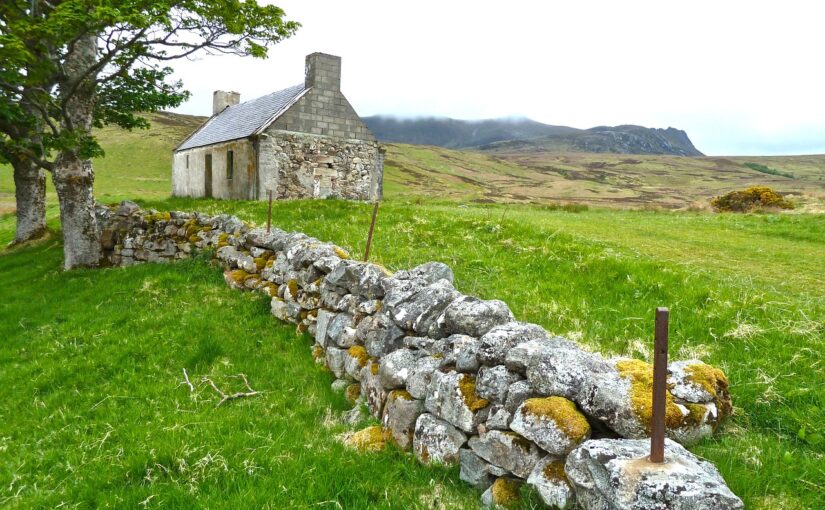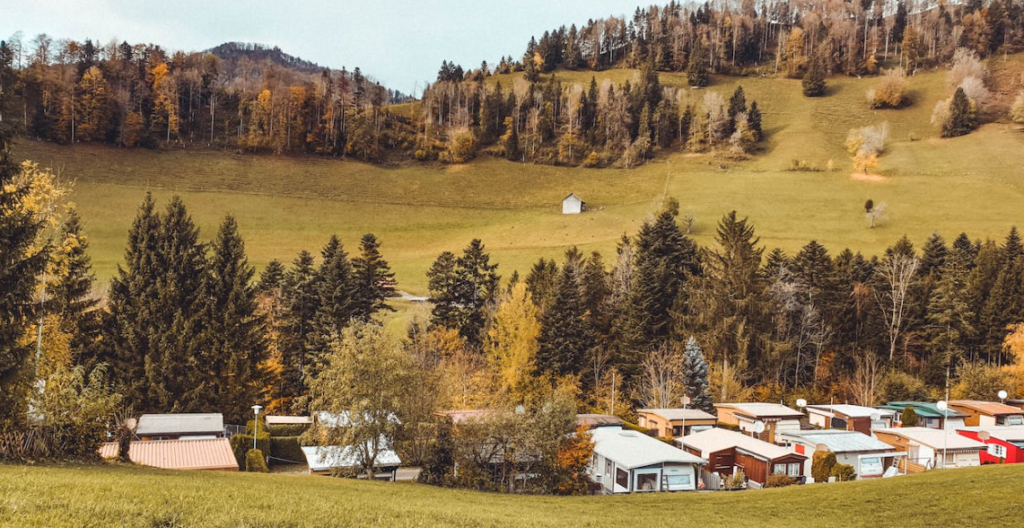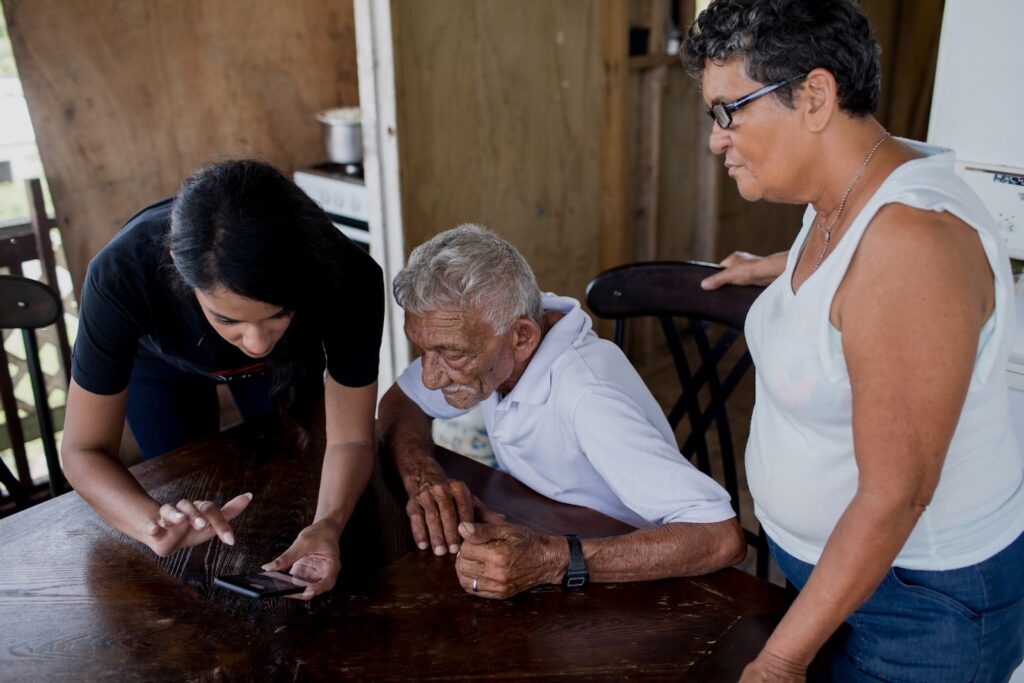Let’s embark on a wild journey to discover the cheapest houses in the world! These real estate gems are so budget-friendly that they practically come with a free side of laughter. Sure, some might argue that some of these houses are past their prime, but hey, as long as you’ve got a tree to hang your hammock, who cares, right? Let’s dive into the world of laughably affordable housing.

1. The Dollar Dreamland
Let’s start our adventure in the picturesque town of Detroit, Michigan. Once a thriving hub, Detroit now boasts a plethora of super-affordable houses that have become legends in their own right. In some neighborhoods, you can snag a house for as little as, well, the cost of a fancy cup of coffee.
Picture this: you stroll down the street, and you spot a charming fixer-upper with potential oozing out of its windows. You excitedly rush in to explore, only to discover that the living room has turned into a makeshift greenhouse thanks to a leaky roof. But hey, think of all the money you saved! You can invest in some top-notch gardening tools instead.
2. The European Escapade
Now, let’s hop across the pond to the sun-drenched villages of rural Italy. There’s a phenomenon known as the “one-euro house,” and no, it’s not a joke. Some towns in Italy are so eager to revitalize their communities that they’re practically giving houses away for the price of, well, a euro.
You excitedly move into your one-euro dream home, only to discover that it’s missing a few walls and, well, a roof. But who needs four walls when you have an all-access pass to Italy’s breathtaking countryside? You can sleep under the stars and enjoy the Dolce Vita on a budget.
3. The Rustic Retreats
Now, let’s venture into the heart of Russia. In some remote villages, you can snag a traditional log cabin for the cost of a handful of rubles. These charming houses often come with the ambiance of an old Russian novel, complete with creaky floorboards and a friendly bear or two as neighbors.

Sure, your cozy cabin might lack indoor plumbing and central heating, but that’s what the sauna and a fur coat are for, right? Plus, you’ve got acres of unspoiled wilderness right outside your door – the perfect backdrop for your rustic adventures.
4. The Tropical Tease
Now, let’s set sail for the tropical paradise of the Philippines. Here, you can find beachfront properties that cost less than a fancy dinner for two. These humble abodes may lack modern amenities like running water and electricity, but who cares when you’re living the beach dream?
You might have to get creative with your lighting (hello, sunset candles!), and your bathroom might involve a bucket and a scoop, but the crystal-clear waters and swaying palm trees make it all worthwhile. Just be sure to keep an eye out for coconuts falling from the trees – they add a thrilling element of surprise to your daily routine.
5. The Desert Delight
Our final stop takes us to the deserts of the American Southwest. In places like Arizona, you can find quirky desert dwellings that are practically a steal. Picture yourself in a cozy adobe house that looks like it’s straight out of a Western movie.

Sure, your water source might be a shared well with the tumbleweeds, and the scorpions might outnumber the neighbors, but that’s all part of the desert charm. Plus, the sweeping desert vistas and starry nights make you feel like a modern-day cowboy or cowgirl.
Conclusion: Cheapest Houses in the World
In conclusion, the world is chock-full of the cheapest houses you can find, and they come with their fair share of quirks and character. While some may argue that these budget-friendly abodes are a bit rough around the edges, we say they’re perfect for those who can appreciate the charm in a little eccentricity. So, if you’re ever in the market for the cheapest houses in the world, just remember, a hammock and a sense of humor go a long way. Happy house hunting!
























